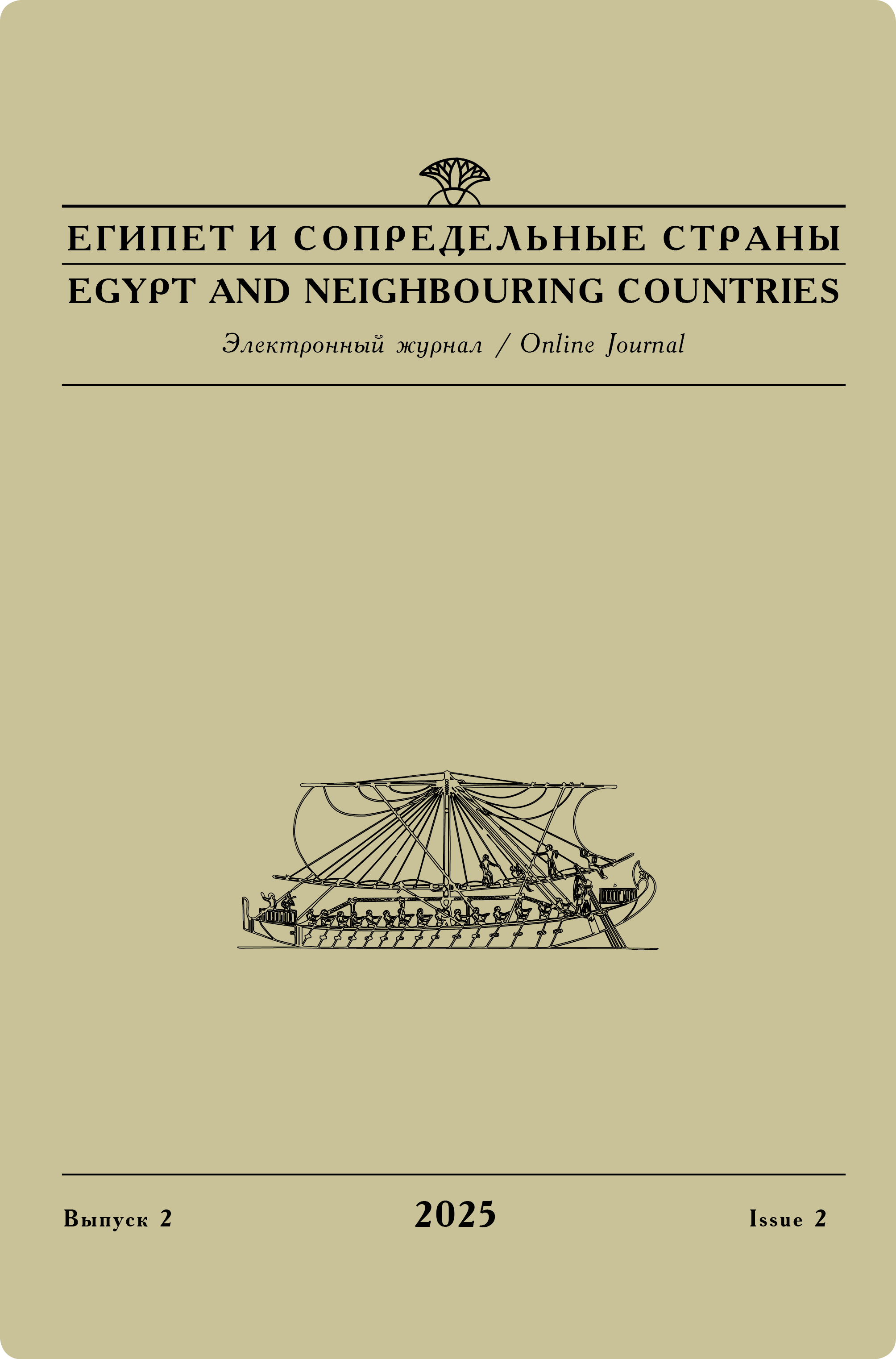Issue 3, 2016
Olga V. Orfinskaya
Ribbon, tape, braid, bandage: some particular questions of textile terminology
In the beggining of this article is proposed a straight definition between Russian terms applied to a woven narrow strip of textile and a plaited one. Main difference is that the process of weaving usually involves two separate, perpendicular groups of yarns (warp and weft), while plaiting involves several strands of yarns, and the fabric is formed by their interlacing. In English textile terminology a woven narrow strip of textile is called tape, band or ribbon. All these terms can be applied to the Late Antique — Early Islamic textiles serving as ties for funeral shrouds. If we consider Ancient Egyptian textile, the narrow strips used to wrap a mummy were called bandages. Purpose-woven narrow bandages can, strictly speaking, be called ribbons or tapes. However, in Ancient Egypt such ribbon-bandages were extremely rare. Therefore, the following definition for Pharaonic or Roman bandages can be proposed: 'a narrow cut off strip of linen or cloth with distinct long sides'.
Among the textile material from Deir al-Banat necropolis, two main categories of ribbons/tapes can be mentioned. Tapes of the first category served as ties, while the second one includes polychromic brocaded bands that were sewn-in as a decoration and trimming of the garments. The ties can be divided into two main groups according to technologies of their production: high quality and low quality. Both groups include undyed, one-colored, two-colored or multicolored
ribbons. Tapes of each group had its own functions and were produced of certain quality materials. The author supposes that the ribbons/tapes of the 'high quality' tapes group gradually displaced bandages and then, in their turn, got replaced by tapes of the 'low quality' group. Burials themselves became less ornamented as time passed.
Keywords:
archaeology, archaeological textiles, terminology, ribbon, tape, band, ties, bandages,
Ancient Egypt, Late Antique — Early Islamic Egypt, Deir al-Banat, necropolis, graves.
Original language — Russian.
Read full article




